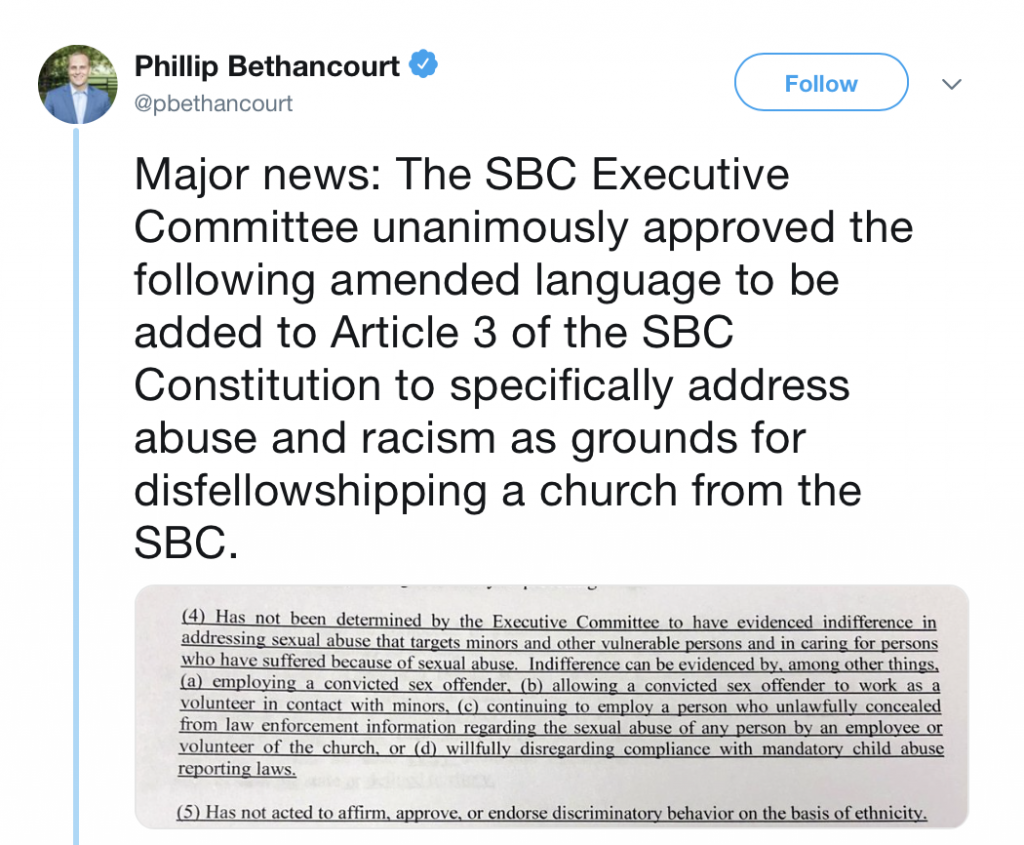Astrophil and Stella 1: Loving in Truth, and fain. - Prezi.
This is an analysis of the poem Sonnet I: Loving In Truth that begins with: Loving in truth, and fain in verse my love to show, That she (dear She) might take some pleasure of my pain.In William Shakespeare’s Sonnet 147, the speaker addresses his beloved using a metaphor, stating that his love is like an illness. However, he longs for the thing that keeps him ill, or in love. The fact that he compares his love to an illness suggests that he knows his love is a bad idea, but he is defenseless against loving the subject.An Analysis Of Leave Me O Love A Sonnet By Sir Philip Sidney By Avi Langer Leave me, O love which reachest but to dust; And thou, my mind aspire to higher things; Grow rich in that which never taketh rust, Whatever fades but fading pleasures brings. Draw in thy beams, and humble all thy mi.
Many of Shakespeare’s sonnets do seem to derive the consolation that the poetry of love, which celebrates the beauty of the friend, will themselves constitute the unageing monument of his love for the friend. This may be said to be the basic philosophical premise of those sonnet, and sonnet no.Tips for literary analysis essay about Sonnet Xi: In Truth, Oh Love by Sir Philip Sidney.

An Analysis of Shakespeare's Sonnet 116 Shakespeare's Sonnet 116, denying Time's harvest of love, contains 46 iambic, 15 spondaic, 6 pyrrhic, and 3 trochaic feet. Like the varying magnitudes of stars that distinguish the sky's constellations, infused with myths describing all degrees and types of love.











